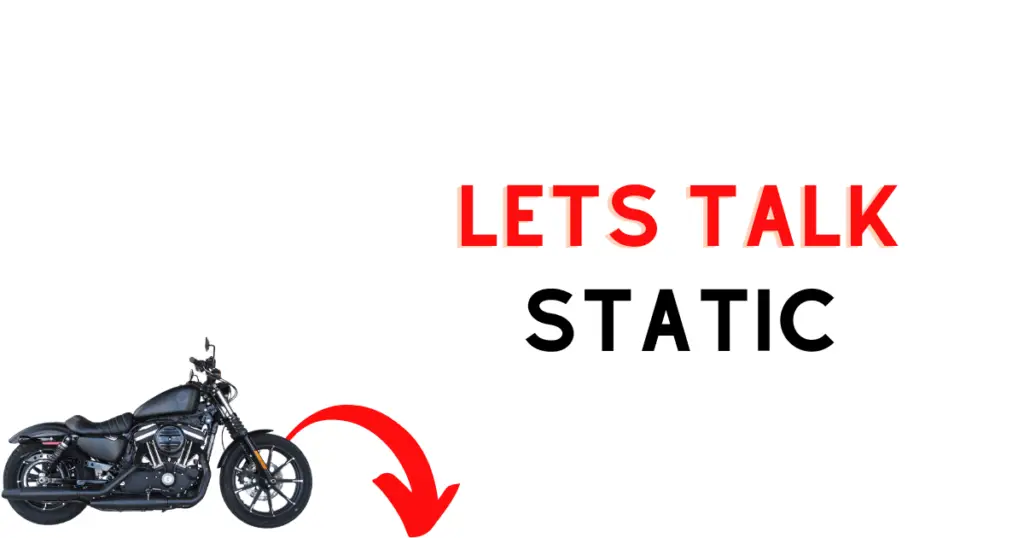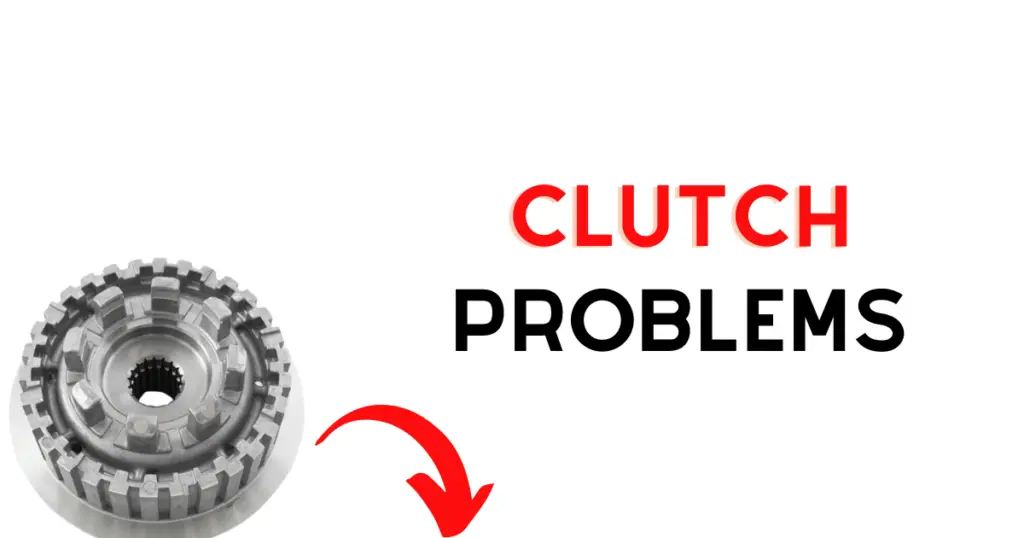The Harley Davidson Sportster 1200 series is a popular line of motorcycles renowned for their classic design, formidable power, and the distinct Harley roar. However, like any mechanical equipment, these bikes are subject to wear and tear over time, which may lead to certain issues. Owners of the Sportster 1200 have reported various problems, ranging from electrical malfunctions to the physical aspects of the bike, which can detract from the riding experience.
Electrical issues often top the list of concerns for Sportster 1200 riders, with battery problems being the most prevalent. A high-performance battery is a crucial component of the Sportster’s electrical system, but when it fails, it can lead to no ignition, lights, or horn. Other possible trouble spots include the ignition switch, wiring, fuse panel, and other components that may be prone to failure or wear, causing engine startup challenges or operational inefficiencies.
Another challenge faced by Harley Davidson Sportster 1200 owners is the mechanical reliability concerning specific model years. For instance, certain Sportster models have been known to suffer from rapid wear in the cam chain system, while others may experience shifting issues that can cause frustration mid-ride. These problems underscore the importance of maintenance and the potential need for preventative measures to ensure that the Sportster 1200 continues to deliver its legendary performance. But what else do you need to know, and when should you be concerned?
Related reads:
– The Exhaustive List of Common Harley Sportster Problems
– Dyna vs Sportster: Which Is Better and Where?
Most Commonly Reported Harley Davidson Sportster 1200 Problems
The Harley Davidson Sportster 1200 is a significant model with a strong following, yet it is not without its challenges. This section evaluates its reliability and discusses the frequent issues owners may encounter.
Overall Reliability Assessment
The Harley Davidson Sportster 1200 typically presents a mixed bag in terms of reliability. Historically, the model has been appreciated for its longevity and classic design, indicating a robust build for the long term. However, certain areas marked by recurring issues do require attention. Regular maintenance is essential to ensure the motorcycle operates at its best, and knowledge of common issues can prevent long-term damages.
- Electrical System: A notable point of concern.
- Oil Leaks: Occasionally reported.
- Faulty Speedometer: Documented cases of electronic glitches.
Let’s dive deeper!
Engine and Transmission Issues
The Harley Davidson Sportster 1200 has been noted for its spirited engine and robust transmission. However, they are not without their challenges, with some models experiencing engine problems, transmission difficulties, and oil leaks.
Common Engine Problems
The Sportster 1200’s engine may sometimes exhibit signs of worn piston rings, which can lead to diminished power and excessive smoke during operation. Instances of engine overheating have also been reported, necessitating a keen eye on cooling system maintenance.
Transmission Challenges
Riders have occasionally faced transmission issues such as gear slipping, particularly when changing gears rapidly under high loads. Ensuring proper gear engagement can mitigate this concern, along with periodic checks of the transmission fluid levels and quality.
Oil and Leak Concerns
Oil leaks in the Sportster 1200 often stem from engine gaskets and can lead to engine issues if not addressed promptly. Maintaining the integrity of seals and gaskets is critical to prevent oil from seeping into undesirable areas of the engine.
Electrical and Ignition Problems

The Harley Davidson Sportster 1200 is known for its rugged style and performance, but riders may encounter issues with its electrical and ignition systems. These can range from battery difficulties to complex wiring and component failures, all of which can affect the motorcycle’s reliability.
Battery and Power Issues
The battery is the heart of the Sportster 1200’s electrical system, and issues here can lead to the motorcycle refusing to start. Often, riders may experience battery drain problems, which could be due to a faulty stator or rectifier. They are responsible for charging the battery when the engine is running, and if they fail, the battery will not charge properly. Motorcycle owners should regularly check their battery’s charge level, connections for corrosion, and ensure that it’s secure in its mounting to prevent electrical problems.
Wiring and Electrical Component Faults
Faulty wiring or electrical component malfunctions are not uncommon in the Harley Davidson Sportster 1200. These issues can range from intermittent problems such as flickering lights or sudden power loss to stubborn no-start conditions. A damaged ignition switch is a common culprit, interrupting the flow of electricity at a critical point. Riders should inspect wiring for any signs of wear or damage, especially after incidents of overheating, as was noted with a 2003 100th anniversary 1200 XL custom model where the ignition cut out after the bike became hot. Regular maintenance should include checking for frayed wires, loose connections, and the proper operation of the ignition switch.
Fuel System Malfunctions
In the Harley Davidson Sportster 1200, the fuel system is critical for smooth performance. The system’s complexity means that malfunctions can arise from various components, such as the carburetor or injectors and the fuel supply chain.
Carburetor and Injectors Issues
The carburetor and injectors are responsible for delivering the correct fuel mixture to the engine. In the Sportster 1200, clogged injectors can impede this flow, causing a lean mixture that may lead to engine damage. Symptoms may include backfiring or difficulty in starting. On models with a carburetor, issues like improper adjustment can result in a rich or lean fuel mixture, negatively affecting performance and emissions.
Fuel Supply Problems
The Sportster’s fuel pump is a common source of supply issues. When it fails or experiences electrical problems, it may not adequately pressurize the fuel lines, leading to starting difficulties or a complete inability to run. Symptoms of fuel supply problems include:
- A noticeable lack of power
- Sputtering or stalling at varying speeds
- Inconsistent performance
Fuel filters are also critical; they must remain unclogged to ensure a consistent flow. The fuel tank itself can harbor debris or sediment, which should be kept clear to avoid contamination that could clog the pump, filter, or injectors.
Clutch and Control Concerns

In examining the Harley Davidson Sportster 1200, one finds that the clutch system and handlebar controls are vital to the motorcycle’s performance. Riders may encounter specific issues within these systems that affect ride quality and control.
Clutch Performance Issues
The clutch on the Sportster 1200 can manifest operational troubles, often detectable through the rider’s experience with gear shifts and control. Common problems include:
- Hard Shifting: If shifting gears becomes a challenge, it might indicate worn clutch plates or improper clutch adjustment.
- Unintended Movement: A faulty clutch can lead riders to experience bike movement even when the clutch lever is fully engaged.
To ensure proper clutch performance, regular inspection and maintenance of the clutch plates and associated mechanisms are recommended.
Handlebar and Cable Deficiencies
The controls attached to the handlebars like the clutch cable require regular attention to maintain efficiency:
- Cable Wear: Over time, the clutch cable may stretch or fray, leading to diminished control responsiveness.
- Clutch Lever Play: Incorrect clutch cable tension affects how the lever feels and operates.
Braking System Challenges
The braking system of the Harley Davidson Sportster 1200 may present riders with various issues, from the degradation of discs and pads to complications within the brake fluid and lines, even extending to the functionality of the ABS system.
Related: Harley Davidson ABS Problems: Causes and Solutions
Disc and Pad Wear
Riders often notice that the discs and brake pads on their Sportster 1200 undergo premature wear. The disc, being a crucial component of the brake system, can become scored or warped over time, reducing braking efficiency. Brake pads, responsible for creating the necessary friction, can wear unevenly or excessively, necessitating early replacement.
- Disc Condition: Check for grooves or warping
- Pad Thickness: Regularly measure for wear
Brake Fluid and Line Complications
The integrity of brake fluid and the condition of the brake lines are vital for responsive brakes. Contaminated brake fluid or air in the brake lines can lead to mushy brakes or a spongy feeling when the brake lever is pressed. Ensuring that the brake fluid is clean and the lines are free from leaks is key to maintaining the braking system’s responsiveness.
- Fluid Quality: Replace if contaminated
- Line Inspection: Look for signs of wear or leaks
ABS Functionality
For models equipped with an ABS system, encountering issues such as unresponsive or faulty ABS can seriously affect safety. Riders have reported scenarios where the ABS failed to engage properly, or conversely, engaged too abruptly. Regular diagnostic checks can prevent these problems from compromising the rider’s control over the bike.
- ABS Checks: Perform system diagnostics
- Sensor Maintenance: Keep sensors clean and intact
Remember, routine maintenance and immediate attention to any changes in the braking performance are essential to ensure safe riding conditions.
What To Do About These Common Problems
Addressing the common problems involving the Sportster 1200 demands diligence in maintenance and a proactive approach to inspections. Electrical malfunctions, for instance, should be met with thorough check-ups of the ignition switch, battery, and fuses. Oil leaks necessitate close monitoring of gaskets and seals.
Preventative Measures:
- Inspect electrical components such as the ignition switch, fuse panel, and battery regularly.
- Replace gaskets and check oil levels to manage and prevent leaks.
Maintenance Routines:
- Schedule periodic maintenance checks that specifically target known weaknesses.
- Consult with experienced mechanics who are familiar with Sportster 1200 models for tailored advice.
Troubleshooting Steps and Potential Fixes
The section delves into methodologies for diagnosing common issues plaguing the Harley Davidson 1200 Sportster, followed by practical solutions that one can implement to address these problems.
Diagnostic Approaches
Ignition and Electrical System: A methodical approach begins with inspecting the ignition switch for any signs of damage as it is a common culprit for startup failures. Moving on to the wiring, it is crucial to identify any worn out gears or wiring problems which can lead to electrical malfunctions. A thorough check of the battery, rectifiers, and stators is also necessary as these are key components prone to electrical issues.
- Battery Issues: Assess the battery’s condition and ensure it’s fully charged and correctly connected.
- Rectifiers/Stators: Evaluate the integrity of rectifiers and stators for any signs of burnout or failure.
Oil and Engine Analysis: To tackle oil leaks and loss of power, it’s essential to carefully examine engine oil leaks and worn out gears. This often involves:
- Visually inspecting for oil residue around the engine.
- Checking for any misfire, which can be indicative of deeper engine troubles.
- Gaskets: Ensure all gaskets are intact and replace any that are faulty.
- Seals: Check all seals for deterioration and perform replacements as necessary.
Smoke Detection: Smoke pouring from the exhaust or engine can be a warning sign. Diagnose the source of smoke, which can range from minor to serious issues such as engine oil leaks or a misfire.
Implementing These Fixes
Electrical Adjustments: For electrical problems, ensure all connections are secure. Replace any worn out wires and rectify wiring problems. If an ignition component is faulty, it should be replaced immediately. Specific fixes might include:
- Wiring: Secure all connections; replace damaged wires.
- Ignition Switch: If defective, a replacement switch should be installed.
- Battery Maintenance: Ensure the battery is properly charged and terminals are clean.
Engine and Oil Fixes: Addressing oil leaks commonly involves replacing damaged seals or gaskets. It is recommended to:
- Replace gaskets to prevent oil leakage.
- Use quality engine oil to reduce the risk of leaks and smoke.
When an engine displays a loss of power or misfire,
- Spark Plugs: Check and replace spark plugs if necessary.
- Fuel System: Clean fuel filters and ensure the fuel system is unclogged.